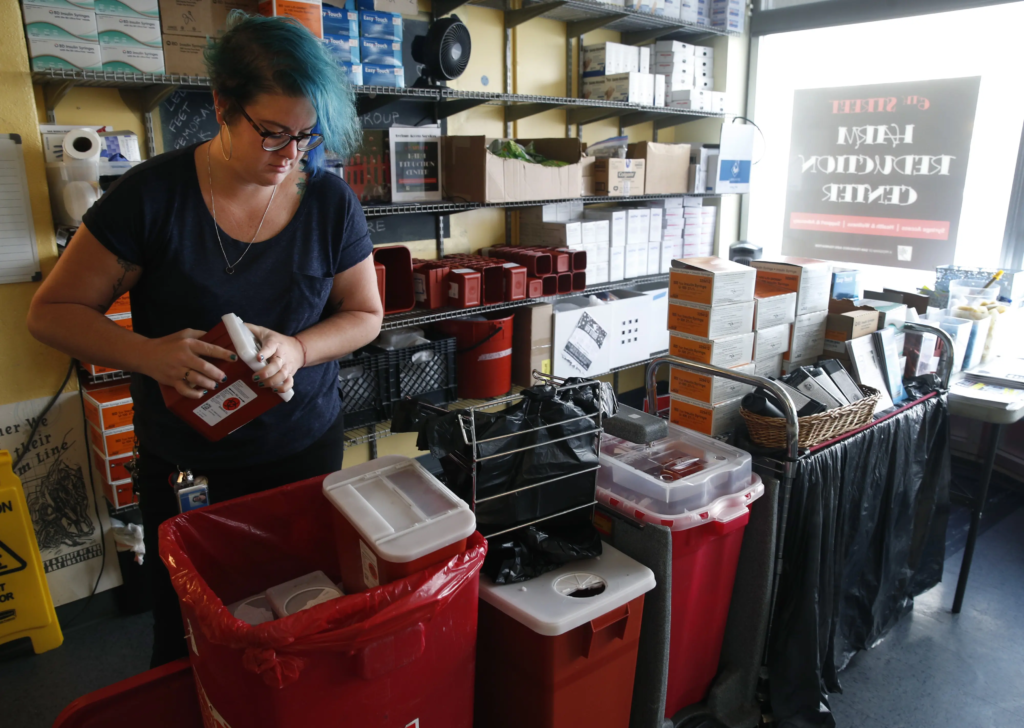The opioid epidemic has profoundly affected communities across the United States, leaving few untouched by its consequences. What began as a medical response to chronic pain evolved into a public health crisis that claims thousands of lives each year. The human toll of addiction is devastating—families fractured, careers derailed, and communities struggling to respond effectively.
Understanding the opioid epidemic requires examining the causes, the regulatory failures, and the multifaceted public health response designed to prevent further harm. Beyond the statistics, this crisis is about real people grappling with pain, addiction, stigma, and recovery. Addressing it demands empathy, informed policy, and comprehensive solutions that treat both the individual and the broader societal context.
Origins of the Epidemic
The roots of the opioid crisis are complex and multifactorial. Prescription opioids were originally marketed as safe and effective solutions for chronic pain, creating widespread use and, in some cases, over-prescription. Patients trusted healthcare providers, and many were unaware of the addictive potential of these medications.
Aggressive marketing campaigns by pharmaceutical companies downplayed the risks of addiction, contributing to a culture of normalization around opioid use. Over time, dependency developed, often beginning innocuously with post-surgical pain management or treatment for chronic conditions. What started as medical care gradually spiraled into widespread misuse and addiction.
The rise in prescription opioid availability also created pathways for diversion and illegal distribution. Medications intended for patients suffering legitimate pain sometimes ended up being misused by others, amplifying the scope of the epidemic.

Economic and Social Factors
The opioid epidemic cannot be separated from broader social and economic conditions. Communities facing unemployment, poverty, and lack of access to healthcare were disproportionately affected. Job loss, economic stress, and social isolation often intersect with chronic pain and mental health challenges, creating conditions conducive to opioid misuse.
Rural areas, in particular, saw high rates of prescription opioid use and overdose deaths, partly due to limited access to addiction treatment and healthcare infrastructure. In urban settings, illicit opioids such as heroin and synthetic fentanyl compounded the crisis, further straining public health systems and law enforcement.
The Human Cost
The human toll of the opioid epidemic is staggering. Thousands of Americans lose their lives to overdoses each year, and countless more suffer from the physical, emotional, and social consequences of addiction. Families bear the brunt, with parents losing children, children losing parents, and siblings and spouses navigating grief, frustration, and fear.
Beyond mortality, opioid addiction disrupts education, employment, and community cohesion. People with opioid use disorder face stigma, often being labeled as morally deficient rather than sick, which discourages them from seeking help. Mental health challenges, homelessness, and involvement with the criminal justice system are all intertwined with the epidemic, creating a complex web of societal impact.
Regulatory Challenges and Failures
One of the driving factors behind the opioid epidemic was regulatory oversight that failed to keep pace with aggressive pharmaceutical marketing and widespread prescription practices. Early warning signs of over-prescription and addiction risk were often ignored or minimized.
Healthcare providers sometimes lacked sufficient training in pain management and addiction risk assessment. Prescription monitoring programs were underdeveloped in many states, and enforcement of existing regulations was inconsistent. These gaps allowed the over-prescription of opioids to continue unchecked for years.
Legal and regulatory responses have since sought to address these failures. Prescription limits, enhanced monitoring programs, and stricter oversight of pharmaceutical companies have become critical tools in reducing over-prescription and preventing new cases of addiction.
The Role of Illicit Opioids
As prescription opioids became harder to obtain, many individuals with opioid dependence turned to illicit substances such as heroin and fentanyl. These drugs are often cheaper, more accessible, and significantly more potent, increasing the risk of overdose and death.
Illicit opioids also present unique challenges for law enforcement and public health authorities. Fentanyl, in particular, is extremely potent, with a tiny dose capable of causing death. The proliferation of synthetic opioids has intensified the epidemic, making traditional approaches to addiction prevention and treatment more urgent and complex.
Public Health Response
Addressing the opioid epidemic requires a comprehensive public health strategy. Efforts focus on prevention, treatment, harm reduction, and community support.
Prevention and Education
Public health campaigns aim to educate both healthcare providers and the public about the risks of opioid use, safe prescribing practices, and early signs of addiction. Schools, community organizations, and media initiatives work to raise awareness and reduce stigma, encouraging individuals to seek help before addiction takes hold.
Treatment Programs
Medication-assisted treatment (MAT) has emerged as a cornerstone of recovery, combining medications such as methadone or buprenorphine with counseling and behavioral therapies. MAT has been shown to reduce cravings, prevent relapse, and improve long-term outcomes for individuals with opioid use disorder.
Harm Reduction Strategies
Harm reduction approaches, including needle exchange programs and widespread availability of naloxone, save lives by reducing the risk of overdose and disease transmission. Naloxone, a medication that reverses opioid overdose, has become a critical tool in emergency responses and community-based interventions.
Supportive Services
Recovery is not solely about stopping drug use; it also involves addressing the social, emotional, and economic challenges associated with addiction. Housing support, employment assistance, mental health services, and peer support networks are all essential components of comprehensive treatment plans.
Community Impact and Response
Communities play a vital role in combating the opioid epidemic. Local organizations, faith groups, and volunteer networks often provide the first line of support for individuals and families affected by addiction. Peer support programs, community outreach, and grassroots advocacy help fill gaps left by under-resourced public systems.
Families and community members have also become powerful advocates for policy change, demanding increased access to treatment, stricter pharmaceutical regulation, and expanded harm reduction initiatives. Their voices have been instrumental in shaping public discourse and promoting empathy and understanding.
The Importance of Reducing Stigma
Stigma remains one of the greatest barriers to recovery. Individuals struggling with addiction may fear judgment, legal consequences, or social rejection. This stigma prevents many from seeking treatment, exacerbating health risks and prolonging suffering.
Reducing stigma involves shifting public perception of addiction from a moral failing to a treatable medical condition. Education, storytelling, and public awareness campaigns are critical in fostering empathy and encouraging individuals to seek the help they need.

Policy Innovations and Future Directions
Addressing the opioid crisis requires continued innovation in policy and practice. Strategies include:
Enhanced Prescription Monitoring
States are implementing robust prescription monitoring programs to prevent over-prescription and identify early signs of misuse.
Expanded Access to Treatment
Increasing the availability of MAT, counseling, and supportive services ensures that individuals can access comprehensive care regardless of geography or socioeconomic status.
Criminal Justice Reform
Alternative approaches to addiction within the criminal justice system, including diversion programs and treatment-focused sentencing, help reduce incarceration and promote recovery.
Investment in Research
Ongoing research into pain management alternatives, addiction treatment, and public health strategies informs evidence-based interventions and improves outcomes.
Personal Stories of Recovery
Amid the statistics are stories of hope and resilience. Individuals who have struggled with opioid addiction often describe long journeys marked by setbacks, perseverance, and transformation. Family members share narratives of support, advocacy, and healing. Communities celebrate recovery milestones and create environments where individuals can rebuild their lives.
These human stories illustrate that recovery is possible and that effective interventions—when combined with compassion and support—can restore lives, families, and communities.
Conclusion
The opioid epidemic is a profound public health crisis with roots in medical, social, and regulatory failures. Its impact on individuals, families, and communities is both widespread and deeply personal.
Addressing this epidemic requires a holistic approach that combines prevention, treatment, harm reduction, and supportive services. Reducing stigma, empowering communities, and implementing evidence-based policies are essential to saving lives and fostering recovery.
Ultimately, the opioid epidemic is not only a story of addiction and loss—it is also a story of resilience, hope, and human strength. By prioritizing compassion, understanding, and comprehensive public health strategies, society can turn the tide on this crisis and help countless Americans reclaim their lives and futures.
Do Follow USA Glory On Instagram
Read Next – Automation and Remote Work Are Reshaping Careers for Everyone






